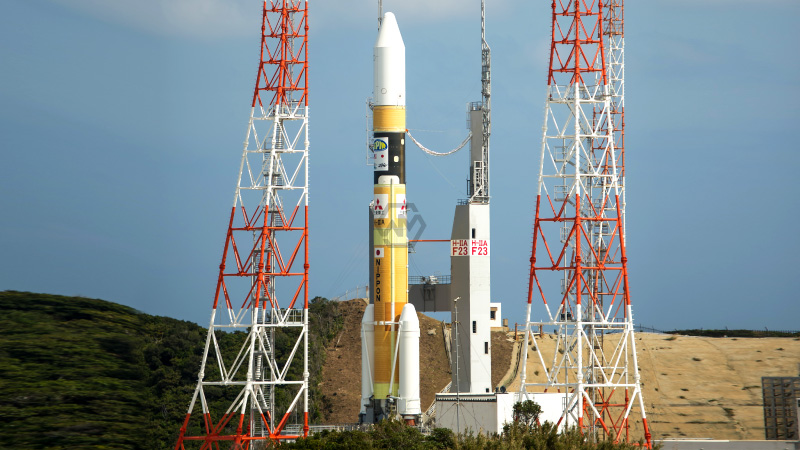- On Monday morning, an H2A rocket from Japan was supposed to launch a probe, and the mission was delayed.
- JAXA created the lunar probe known as the Smart Lander for Investigating the Moon (SLIM).
- The H2A rocket will also carry the XRISM, which the JAXA created in collaboration with NASA and other organizations.
On Monday morning, an H2A rocket from Japan was supposed to launch a probe that would attempt the nation’s first lunar landing. However, the mission was delayed owing to unfavorable weather, according to NHK.
The H2A rocket was set to take off from the Tanegashima Space Center in the southwest Japanese prefecture of Kagoshima at 9:26 a.m.
Japan’s first moon lander
Japan Aerospace Exploration Agency (JAXA) created the lunar probe known as the Smart Lander for Investigating the Moon, or SLIM.
According to NHK, some of its duties will be to examine lunar rocks and demonstrate exact landing techniques. NHK offered a global audience the most recent information on Japan and Asia via television, radio, and online.
If the operation is successful, Japan will join the list of nations that have successfully landed a probe on the moon as number five. The information gathered by the probe will be utilized by the US-led Artemis program, which aims to send men to the moon.
The H2A rocket will also carry the X-Ray Imaging and Spectroscopy Mission, or XRISM, which the Japan Aerospace Exploration Agency created in collaboration with NASA and other organizations.
To relieve concerns that the failure of the new H3 rocket’s March debut might have an impact on the launch of the H2A, JAXA increased its checks of shared components, according to NHK.
On August 23, India achieved a historic first when the Chandrayaan-3 lander module successfully touched down in the South Pole region of the moon.
This marked the end of the nation’s disappointment over the Chandrayaan-2 crash landing four years earlier and marked a significant step forward for India. Overall, India became the fourth nation to make a successful landing on the moon, following the US, China, and Russia.



